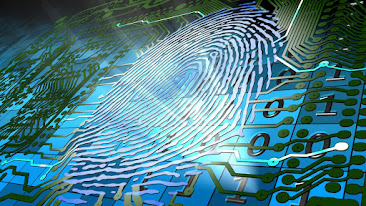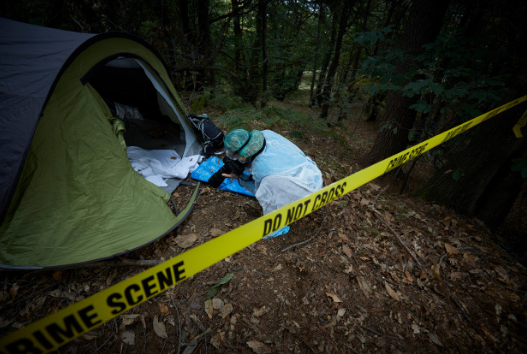Indeed, everyone is aware of the term crime scene. Some of
you may have experienced it in real life, and some may have heard it from
someone. However, the internet has made getting information about any criminal
cases as easy as possible. Further, it is also true that once any crime scene
happens, it needs forensic investigation to get the primary root of the
incident. There are many steps involved in identifying and solving a criminal
case. Here, in today’s blog, we will describe the fundamental difference
between crime
scene processing and reconstruction.
Moreover, if you never listen to the forensic team, you
may hear the terms crime scene processing & crime scene reconstruction and
assume they are equivalent. These two terms do not characterize the same thing.
But they both are crucial and work together to solve a crime and bring the
offender to justice. As the professionals in all things relating to
reconstruction and indication, here is the difference. Keep reading it:
Crime Scene Processing!
Documentation, collection, and preservation of evidence
are critical steps in crime scene processing. A comprehensive variety of
physical evidence can be hoarded at a deemed worthwhile scene, called
“probative” in the industry for collection and investigation. It includes:
● Latent print proof
● Biological indication
● Tool and tool mark proof
● Trace indication
● Drug indication
● Tire track proof
● Firearm indication
This indication often states the basis for effective
identification, documentation, lawsuit, and conviction of perpetrators.
Crime Scene Reconstruction!
Crime scene reconstruction is the process of deciding the
sequence of events about what happened during and after a crime scene. However,
crime scenes may be reconstructed within the study and interpretation of scene
patterns and the examination of physical indication. Is there a blood spill? Is
there a bullet entrance? Is there any indication of a struggle? All of this
takes into reconstructing the crime scene. The purpose of crime scene
reconstruction is to resolve the crime and bring justice to the offender. Due
to this, the indication must prove the defendant guilty in a criminal trial
above a reasonable doubt.
Difference Between Crime
Scene Processing And Reconstruction!
When a crime scene occurs, professionals are sent to the
scene to gather and document all of the evidence. It includes things like
weapons, blood, and fingerprints. Crime scene reconstruction reviews the
physical indication and circumstances of a crime, theorizing how it occurred,
and the scientific testing of that theory. One team goes to the crime scene to
detect the proof. Another team takes all of the evidence found and recreates
the crime scene in order to perceive what happened and build a convincing case
to the judge or jury.
Conclusion!
Indeed, crime scenes take time to resolve, and there are
many steps involved to indicate the root cause. However, the forensic team uses
many tricks and technology to connect all the evidence and solve the case. As mentioned
above, there are two main processes: crime scene processing and
reconstruction, and these both are very important in resolving any
criminal issue.




Comments
Post a Comment